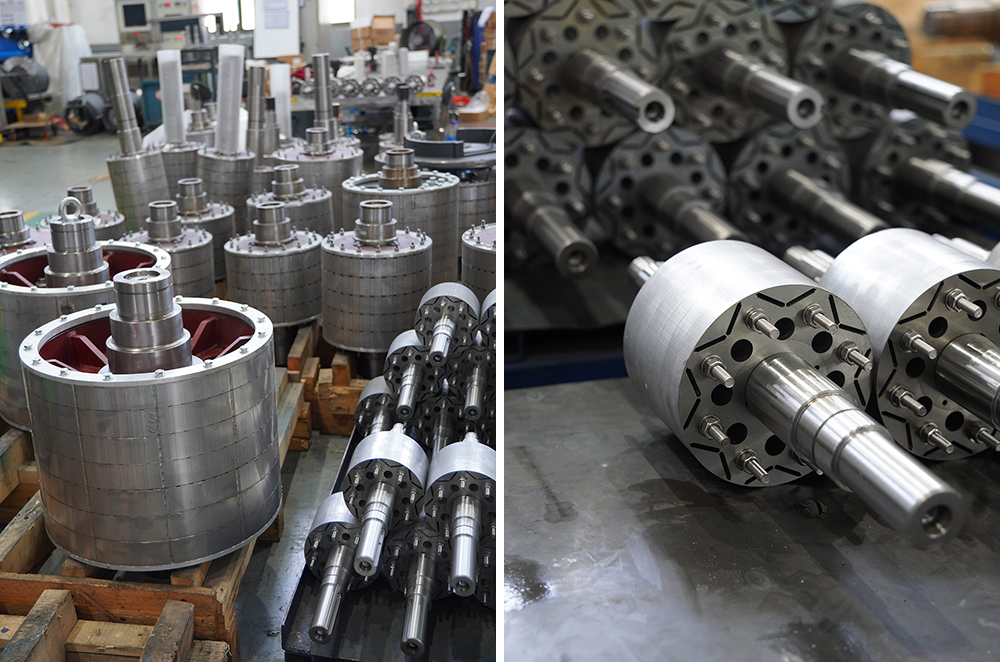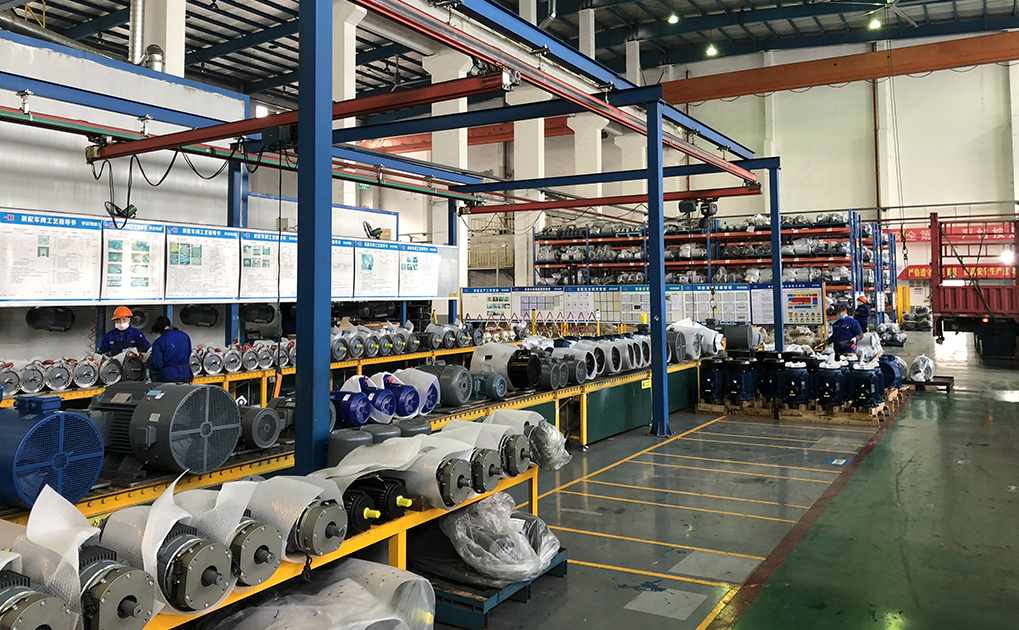In modern industry and daily life, motors are the core equipment for energy conversion, and their stable performance is crucial. However, the demagnetization phenomenon during the operation of the motor is like a hidden "performance killer", which can lead to a decrease in motor efficiency and increased heat generation, or even complete failure. So, how can we effectively avoid demagnetization of the motor and ensure its long-lasting and efficient operation? The answer lies in the full chain protection from materials, design, operation control to maintenance.

1、Material selection: Building the first line of defense against demagnetization
The choice of magnet material directly determines the anti demagnetization ability of the motor. There are significant differences in Curie temperature and coercivity among different permanent magnet materials, so precise selection should be based on the actual working environment of the motor.
In low-temperature environments, neodymium iron boron materials have become a popular choice due to their high cost-effectiveness, but it should be noted that their Curie temperature is about 310 ℃, and high working temperatures can easily cause demagnetization. For medium to high temperature environments, N35H-N50H neodymium iron boron with a temperature resistance of 120 ℃ or ferrite with a temperature resistance of over 200 ℃ are more suitable; In high-temperature environments, samarium cobalt magnets stand out with their temperature resistance of 300-500 ℃. In addition, magnets with high coercivity grades, such as SH, UH, EH series neodymium iron boron, can effectively resist external magnetic field interference and enhance the anti demagnetization performance of motors.
In addition to the material itself, the manufacturing process is equally critical. The protective treatment of the surface of the magnet is indispensable, with processes such as multi-layer electroplating, electroless nickel plating, and epoxy resin encapsulation, which can provide a strong "armor" for the magnet to prevent corrosion and erosion; Accurate magnetization and assembly technology ensures uniform magnetic field of the magnet, stable installation, and reduces demagnetization risk from the source.
2、Structural design: Building an efficient heat dissipation and anti-interference system
The heat generated during motor operation is one of the main factors leading to demagnetization, so an efficient heat dissipation system design is crucial. In terms of passive heat dissipation, heat conduction can be accelerated by increasing the heat dissipation area, selecting materials with high thermal conductivity, and filling thermal conductive media; Active heat dissipation relies on axial fans, centrifugal fans, water-cooled jackets, or oil cooled circulation systems to forcibly remove heat and control the temperature of the magnet within a safe range. At the same time, temperature monitoring components are buried near the magnet to monitor the temperature in real time. Once the temperature exceeds the limit, the shutdown protection is immediately triggered, adding a "double insurance" to the operation of the motor.
External magnetic field interference cannot be ignored. By installing magnetic shielding covers, optimizing winding layout, and adopting special magnetic circuit structures, measures can be taken to effectively attenuate stray magnetic fields, reduce demagnetization fields generated by armature reactions, and ensure the stability of the magnetic field of the magnet. For example, the Halbach array magnetic circuit structure can not only increase the air gap magnetic flux density, but also enhance the anti demagnetization ability of the motor.
3、Operation control: Avoiding demagnetization hazards caused by abnormal working conditions
Reasonable operation control is the key link to avoid demagnetization of the motor. In terms of current and power control, strict overload protection mechanisms are set up to limit the amplitude of current and avoid motor overheating caused by long-term overload; Optimize the weak magnetic control strategy for variable frequency motors to prevent excessive reverse demagnetization current; Adopting soft start and braking technology to reduce current shock during start stop and protect the motor magnet.
In addition, it is necessary to create a good electromagnetic environment for the motor, stay away from strong magnetic field equipment, and prohibit strong magnetic tools during maintenance to prevent external magnetic field interference from damaging the magnetic field structure of the magnet.
4、Environmental Protection and Maintenance: The "Guardian" for Extending the Service Life of Magnets
The working environment of motors is complex and varied, and factors such as humidity, salt spray, and dust can all cause damage to magnets. By improving the protection level of the motor, adopting a fully enclosed structure, installing a breathing filter, and using dehumidification and heating belts, measures can be taken to effectively cope with harsh environments. In coastal or chemical environments, using stainless steel shells and specially coated magnets can enhance the corrosion resistance of motors.
Regular maintenance and testing are equally indispensable. By means of vibration monitoring, back electromotive force measurement, magnetic flux detection, etc., potential problems with the motor can be detected in a timely manner; Clean the dust from the cooling holes, check the operation of the fan, and ensure that the cooling system is working properly. These seemingly simple maintenance tasks are actually important barriers to ensure the stable operation of the motor.
5、Targeted protection for special scenarios
The demagnetization risks faced by motors vary in different application scenarios, and targeted protective measures need to be taken. During the operation of high-speed motors, there is a large centrifugal force, which requires the use of high-strength magnets and centrifugal force simulation to ensure the stability of the magnet structure; Frequent start stop and overload of servo motors can be maintained by designing demagnetization fault-tolerant control algorithms and selecting dedicated magnets to maintain torque stability.
Avoiding motor demagnetization is a systematic project that requires comprehensive consideration from material selection, structural design, operation control to environmental protection and maintenance. Only by implementing protective measures at every stage can the motor be equipped with a sturdy "protective armor" to ensure continuous and stable operation under various complex working conditions, providing reliable power support for industrial production and daily life.
Hengda Electric has always been dedicated to the research and development, production, and service of various types of motors. With advanced technology and equipment, lean manufacturing processes, reliable product quality, and satisfactory after-sales service, the company provides customers with the most suitable motor professional solutions and creates greater social value.






